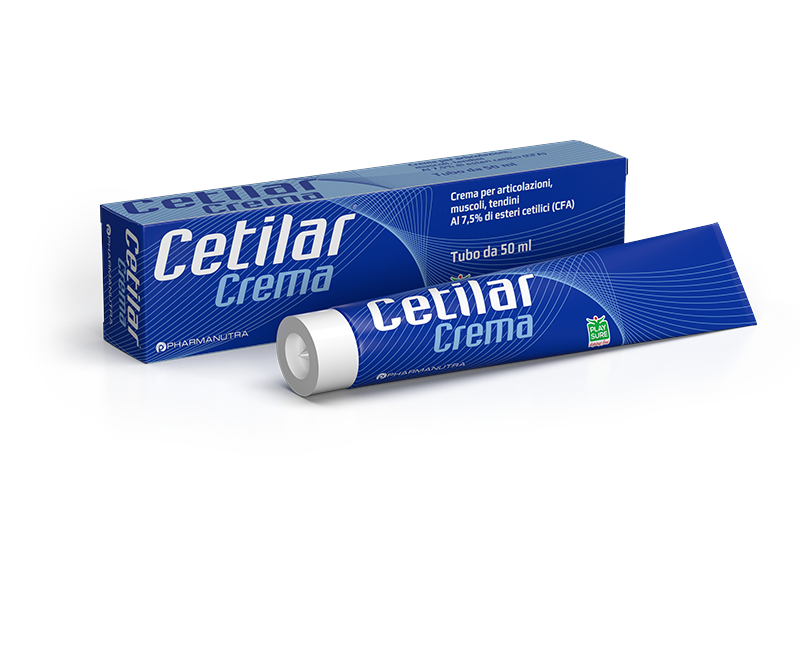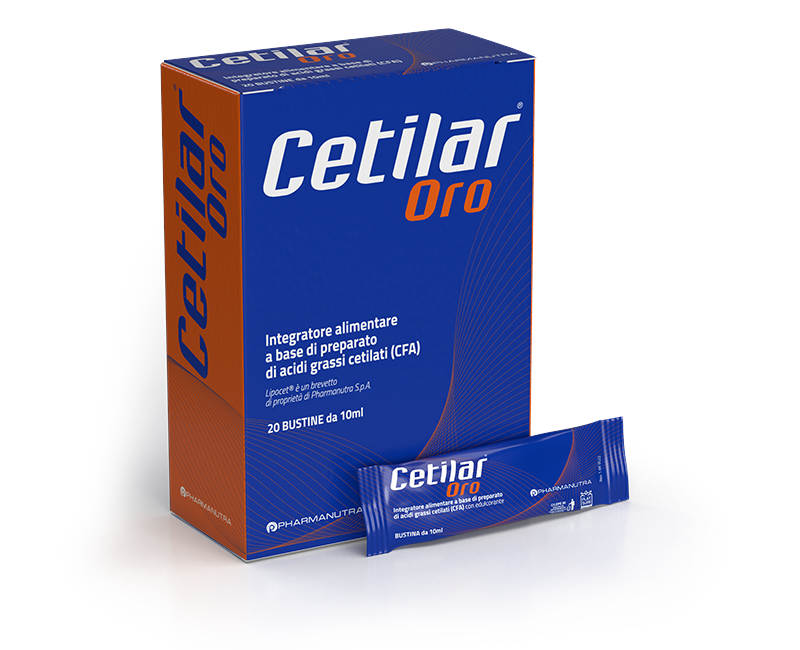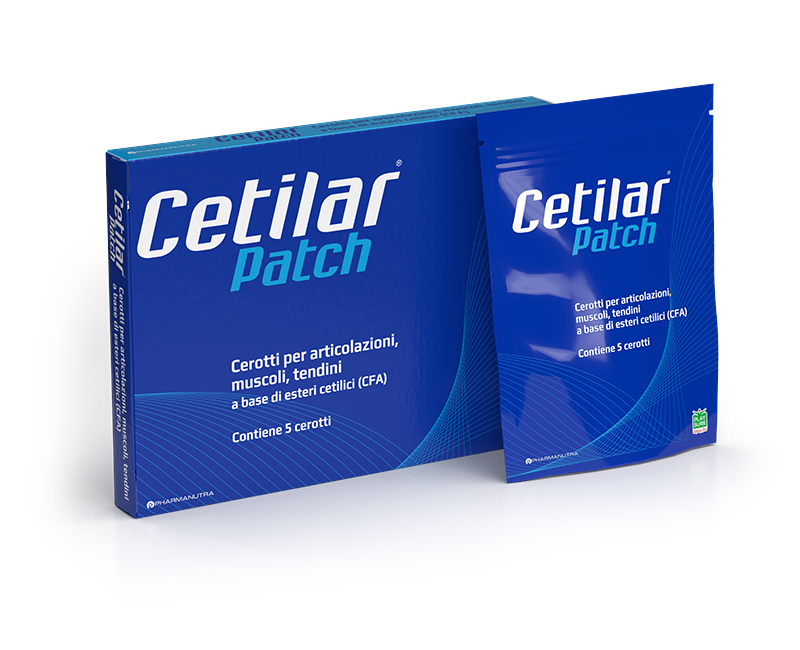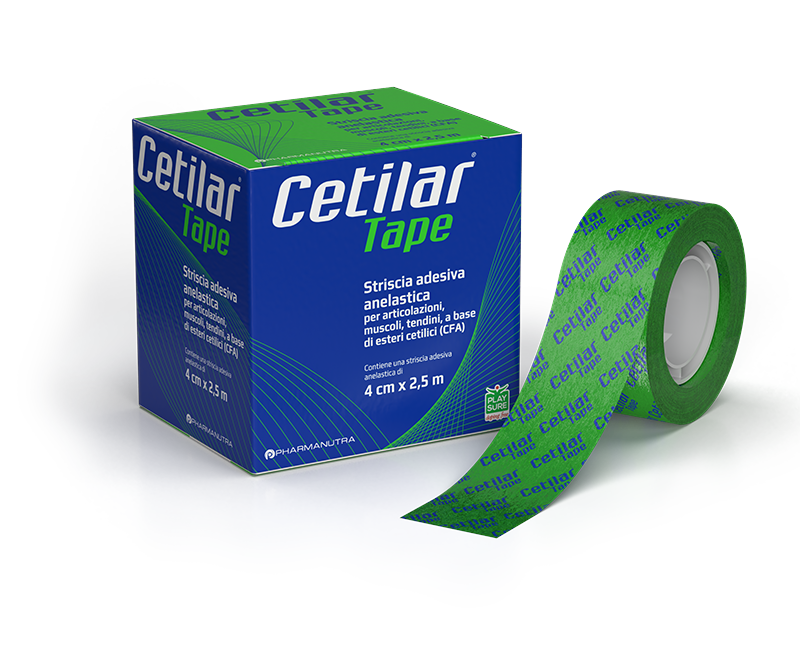Ankle sprains: what to do? Remedies and rehabilitation exercises
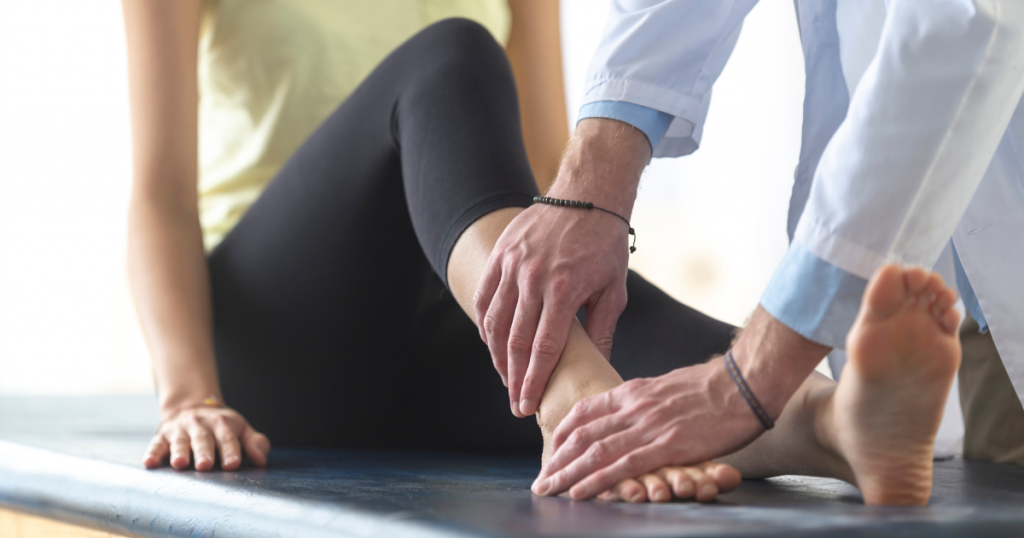
Ankle sprains are one of the most frequent sporting injuries. They usually occur during a sudden change in the body’s centre of gravity while the support foot remains firm on the ground, or when landing after a jump.
The consequences of an ankle sprain
As we have already seen in a previous article on the recovery times for a sprain, when this type of injury occurs, the articular surfaces are stressed beyond their normal articular range, causing a strain –or breakage in the most serious cases– of the ligaments that ensure ankle stability. Sometimes a bad sprain can lead to bone fractures, therefore a clinical examination is fundamental for assessing the severity of the injury and prescribing an X-ray if necessary.
Around 85% of ankle sprains occur in reverse, i.e., the sole of the foot turns towards the other leg. In inversion sprains, the lateral ligament complex of the ankle is most frequently damaged. In particular, the first ligament to be strained or broken is the anterior talofibular ligament. Secondly, the calcaneofibular ligament or posterior talofibular ligament may be damaged.
On the contrary, in eversion sprains, damage may be caused to the deltoid ligament complex, which is however very strong and more difficult to damage.
In some cases the bone may be fractured to a variable extent. The bones that risk fracturing as a result of a sprain are: the peroneal malleolus, the base of the fifth metatarsus, the tibial malleolus and the navicular bone
Symptoms and diagnostic tests to assess the damage
In most cases, an inversion or eversion sprain to the ankle occurs during sporting activities. Sufferers of this type of joint injury are able to place only part of the load on the injured foot, and often may not even be able to rest it on the ground.
The main symptom is swelling, along with a sensation of widespread pain. After a few days, bruising may appear on both sides of the ankle.
Passive inversion or plantar flexion with inversion generally cause a sprain to the lateral ligament area. Passive eversion on the other hand causes a sprain to the medial ligaments. In both cases, when the affected ligament areas are palpated, the patient feels an intense pain.
The Orthopaedic doctor or Physiotherapist may perform a series of specific tests to assess the intensity of the damage, including anterior and posterior drawer, talar tilt and squeeze tests. The use of the Ottawa Ankle Clinical Prediction Rule, an effective tool for excluding a fracture or otherwise, is also very useful.
What to do in the case of an ankle sprain? From first aid to more useful remedies to physiotherapy
Ankle sprain: first aid
The most common approach in the first days following a strain is the “P.R.I.C.E.” protocol: protection, rest, ice, compression and elevation.
- Protection: protect the ankle, resting and avoiding activities which could cause further lesions and/or pain.
- Rest: rest for the first 24 hours after the injury. In the following days, the use of crutches is recommended to rest the injured ankle.
- Ice: apply ice for 15 to 20 minutes, 4-5 times a day until the swelling disappears.
- Compression: apply a compression bandage to prevent the swelling caused by the ankle sprain.
- Elevation: the ideal thing would be to keep the ankle elevated above the level of the heart, to facilitate the blood flow and reduce the swelling.
If the sprain is not particularly serious and there is no fracture, it may also be useful to perform active movements with the ankle and toes, within the limits of the pain, to improve local circulation.
Physiotherapy and recovery after an ankle sprain
Several physiotherapy treatments are effective on sprains.
From the very first days, Tecar therapy in athermal mode is certainly useful for draining joint oedema and reducing pain; manual lymph drainage is also helpful. LASER and Ultrasound can also be used early on to reduce inflammation.
Manual Therapy on the other hand is necessary to recover any joint stiffness which could occur in the ankle, the most frequent being dorsal flexion and subastragalic joint.
Once the symptoms and pain have disappeared, a programme of therapeutic exercise, including muscular strengthening and joint stabilisation is useful, increasing the load and proprioceptive exercises. Before returning to the field, athletes and sports persons should spend a period of “reathletization”, with exercises that are functional to the practised sport.
Swelling caused by ankle sprains generally lasts a few days, but the recovery times obviously depend on the severity of the sprain and the presence of any ligament or bone damage. It takes from two weeks for complete recovery to a few months before returning to competitive sporting activities.
The use of bandages and braces for ankle sprains
Following an ankle sprain, a compressive elastic bandage is certainly advised, as this helps to limit the formation of joint oedema and reduce swelling. In the early phases, the physiotherapist may also apply an elastic tape (Kinesio Tape or similar) cut in a “fan” shape to facilitate the oedema drainage.
Thereafter, especially in the case of a sprain with ligament tears, it is possible to use a stiff ankle brace during everyday activities, to keep the joint rested and avoid sudden movements in inversion or eversion.
When returning to sports, on the other hand, especially in the most serious cases, during the first weeks a functional bandage applied by the physiotherapist may be advised, as this helps the ankle to remain stable even during physical activity, thus avoiding relapses.
The consequences of an inadequately treated sprain
Ankle sprains are a trauma and should not be underestimated. If not adequately rehabilitated, the ankle tends to remain unstable and may be more at risk of other sprains in future, especially if there are ligament tears. Tailored physiotherapy is fundamental for full recovery.
Useful exercises to perform at home
As we have seen, immediately after the sprain, it is fundamental to autonomously apply the P.R.I.C.E. protocol: protection, rest, ice and the leg elevated. 2-3 days after the injury, you are advised to contact a sports physiotherapist, who will assess the injury using specific tests and will be able to understand the extent of the sprain, draft a rehabilitation programme or send the patient to the doctor for instrumental diagnostic tests (X-ray, ultrasound scan or magnetic resonance).
The following exercises can be done independently, but only later on, once the pain and inflammation allow:
- Ankle stabilisation exercises using an elastic strap:
All you need is a classic elastic strap (at first use a lighter one), tied to a table or bed leg. Lie on the ground and keep the knee straight, strengthen the ankle’s eversion movements (point the tip of the foot outwards), inversion movements (point the tip of the foot inwards) and dorsal flexion (point the tip of the foot towards the knee). In the same way, hold the elastic strap in your hands, wrap the sole of the foot near the toes and make plantar flexions (move the tip of the foot forwards) to strengthen the calf muscles and the Achilles tendon.
We recommend 3 series of 15 repeats for each movement, done very slowly. The exercises can be done every day, even twice a day, according to the physiotherapist’s advice.
- Proprioceptive exercises for the ankle:
Standing, raise the other leg and balance on the foot with the ankle sprain. When this exercise becomes easy, make it more complicated by adding variations, such as: close your eyes, move the healthy limb in various directions, put a cushion beneath the foot, bounce a tennis ball against the wall, or a combination of these.
Start with 3 series of 30’’, and then move on to 3-4 series of 1’.
